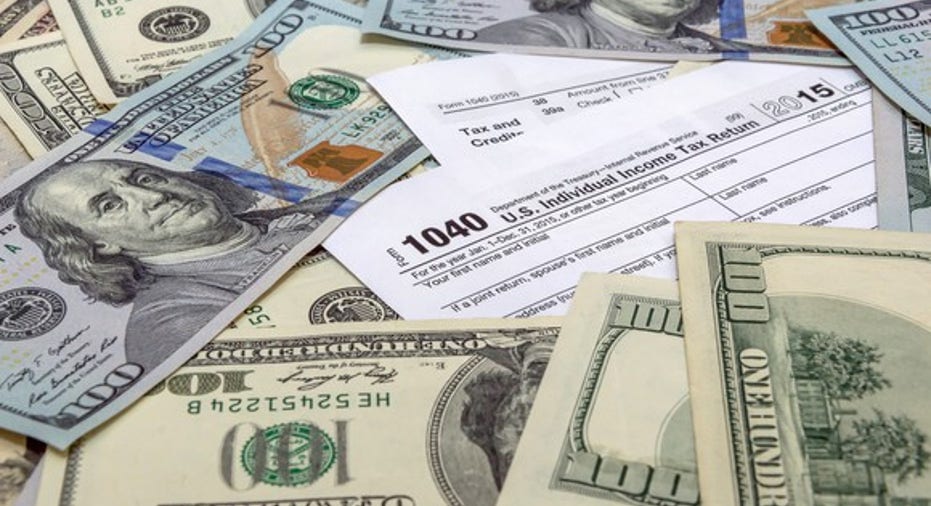Here's What Donald Trump's Tax Return Tells Us About His Investments

The majority of President Trump's tax returns remain a mystery, but we recently got a glimpse of what they contain. MSNBC's Rachel Maddow obtained a partial copy of Trump's 2005 federal income tax return and revealed its details on her show yesterday. Here's an overview of the contents, but one thing that stood out to me was Trump's dividend income and the investments it may have come from.
Trump's dividend income
Trump's 2005 tax return reported about $150 million in income, $314,320 of which came from ordinary dividends and $6,299 came from qualified dividends. I had expected more overall dividend income, but the number that really surprised me was how little of it came from qualified dividends.
Image source: Getty Images.
What is a qualified dividend?
To be considered a "qualified dividend," which translates to a more favorable tax treatment, a dividend must meet two main criteria:
- It must have been issued by a U.S. corporation, or by a foreign corporation that readily trades on a major U.S. exchange, or by a corporation incorporated in a U.S. possession.
- The shares must have been owned by you for more than 60 days of the "holding period," which is defined by the IRS as the 121-day period beginning 60 days before the ex-dividend date -- that is, the day the stock first trades without the dividend priced in.
In addition to these two requirements, there are some types of dividends that are automatically excluded from being qualified dividends. To name a few:
- Dividends on bank deposits
- Dividends held by a corporation in an Employee Stock Ownership Plan (ESOP)
- Dividends paid by tax-exempt corporations
What types of dividends did Trump receive?
So, there are a few possibilities when it comes to investments that pay non-qualified (ordinary) dividends that could have produced the bulk of Trump's 2005 dividend income. Here are a couple of potential sources of these ordinary dividends that would make perfect sense in Trump's case.
One possibility is that this income came from foreign stocks. Trump certainly has done business overseas, and could have invested in foreign corporations over the years. In fact, Trump's most recent financial disclosures as reviewed by CNN showed 144 individual companies that deal in at least 25 foreign countries that Trump has an interest in. This includes things like management deals, branding agreements, and more. So, dividends paid by foreign corporations could be a major source of Trump's dividends.
Another possible explanation is that Trump's dividends resulted from real estate-related investments, such as real estate investment trusts. Without going in too much depth on the tax structure of REITs, the bottom line is that most REIT distributions are not considered qualified dividends. Trump's main business has been real estate for a long time, so this could be a major source of Trump's ordinary dividend income.
What it tells us
To be perfectly clear, since we only have Trump's Form 1040 and not the rest of his 2005 tax return, we don't know the sources of his income or the types of investments that generated his dividend income. What we do know is that the bulk of Trump's dividend income didn't come from publicly traded U.S. stocks, other than maybe REITs or other non-qualified business types.
The $16,122 Social Security bonus most retirees completely overlook If you're like most Americans, you're a few years (or more) behind on your retirement savings. But a handful of little-known "Social Security secrets" could help ensure a boost in your retirement income. For example: one easy trick could pay you as much as $16,122 more... each year! Once you learn how to maximize your Social Security benefits, we think you could retire confidently with the peace of mind we're all after.Simply click here to discover how to learn more about these strategies.
The Motley Fool has a disclosure policy.



















